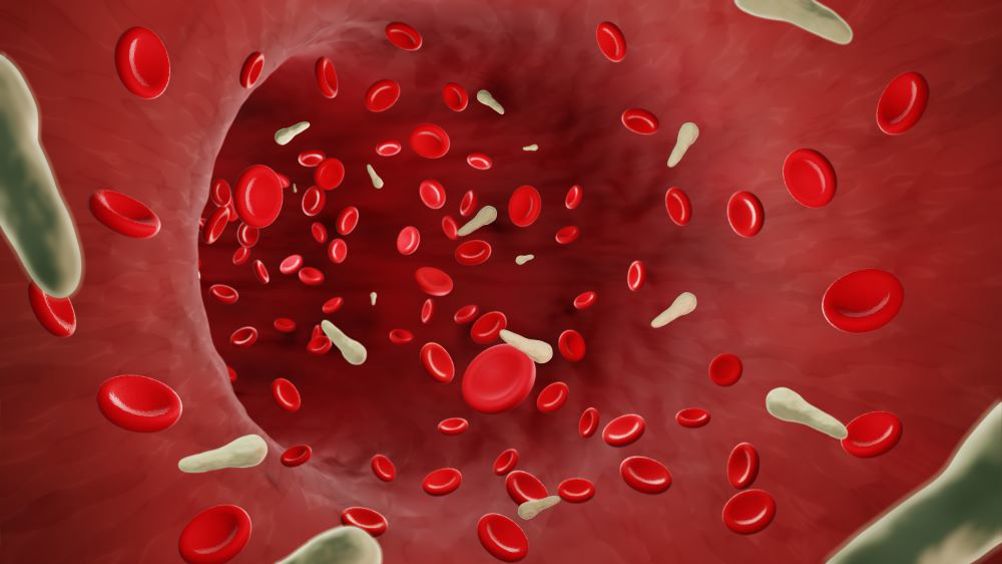References
How to improve aseptic technique to reduce bloodstream infection during vascular access procedures

Abstract
Bloodstream infections associated with vascular access procedures pose a serious risk to patients that can be reduced by better standards of aseptic technique. The objectives of this roundtable of experts were to achieve a consensus on how to improve skin antisepsis in hospital, improve training, competency, compliance and consistency in skin antisepsis, review the role of devices in improving skin antisepsis, identify methods to improve skin antisepsis integrated with the Aseptic Non Touch Technique (ANTT®) approach, and identify challenges to the implementation of the panel's recommendations. Recommendations include using MHRA-licensed 2% chlorhexidine gluconate in 70% isopropyl alcohol solution with bidirectional strokes for up to 30 seconds, then leaving the skin to air dry for 30 seconds; using the ANTT Clinical Practice Framework and terminology as the standard for skin antisepsis training and practice; standardised ANTT and skin antisepsis education with 3-yearly competency assessments for all UK health professionals; and more research to address the evidence gap on transmission of infection after skin antisepsis.
Skin antisepsis is an important part of clinical practice. As the body's largest organ, the skin performs a vital function in preventing pathogenic organisms from entering the body, but it also harbours bacteria of varying loads that can be transmitted to the bloodstream during procedures that compromise the skin's barrier function. Common clinical procedures such as the insertion of central venous catheters (CVCs) and other vascular access devices (VADs) can result in bacterial migration to the patient's bloodstream from either the patient's skin or the healthcare environment (Pandit et al, 2021), including the health professional, the physical environment and the air (Clare and Rowley, 2021). The epic3 guidelines note that catheter-related bloodstream infections (CRBSI) are ‘among the most dangerous complications associated with health care’ (Loveday et al, 2014). Effective skin antisepsis that helps minimise the risk of CRBSI is therefore critical to achieving good outcomes from surgery involving vascular access procedures, and creating the best conditions for recovery and healthy living after discharge.
Register now to continue reading
Thank you for visiting British Journal of Nursing and reading some of our peer-reviewed resources for nurses. To read more, please register today. You’ll enjoy the following great benefits:
What's included
-
Limited access to clinical or professional articles
-
Unlimited access to the latest news, blogs and video content

